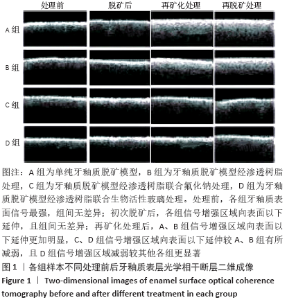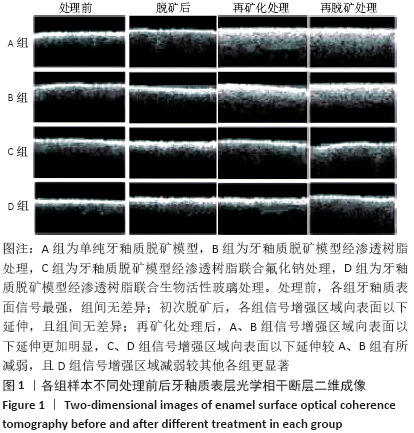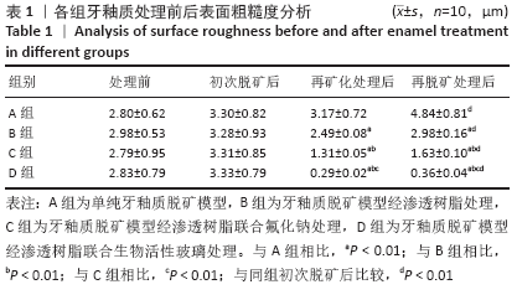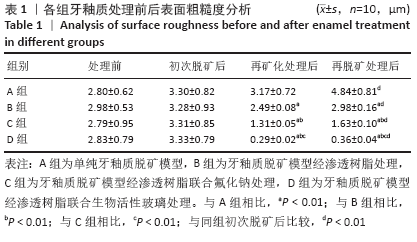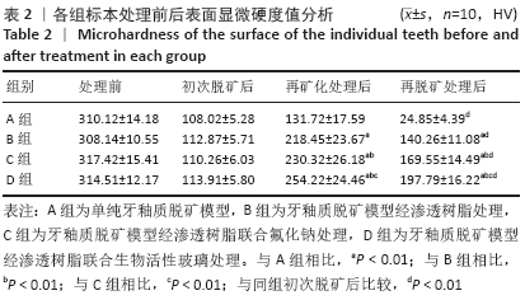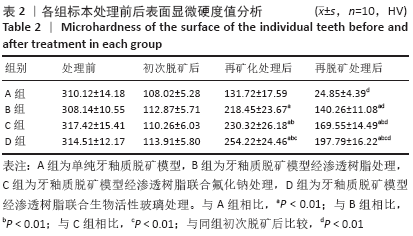[1] 董爱芬.皓齿美白系统对氟斑牙的美白效果及牙釉质的影响探究[J].中国地方病防治杂志,2019,34(3):260-262.
[2] PALANISWAMY UK, PRASHAR N, KAUSHIK M, et al. A comparative evaluation of remineralizing ability of bioactive glass and amorphous calcium phosphate casein phosphoreptide on early enamel lesion. Dent Res J (Isfahan). 2016;13(4):297-302.
[3] YAN WJ, ZHENG JJ, CHEN XX. Application of fluoride releasing flowable resin in pit and fissure sealant of children with early enamel caries. Beijing Da Xue Xue Bao Yi Xue Ban. 2018;50(5):911-914.
[4] MAGNO MB, SILVA LPD, FERREIRA DM, et al. Aesthetic perception, acceptability and satisfaction in the treatment of caries lesions with silver diamine fluoride: a scoping review. Int J Paediatr Dent. 2019; 29(3):257-266.
[5] 孙守娟.渗透树脂治疗正畸后白垩斑美学效果的临床研究[J].现代诊断与治疗,2019,30(21):3825-3827.
[6] 范钦翔.釉质局部磨除光固化复合树脂粘结对牙釉质脱矿及托槽脱落的影响[J].现代医用影像学,2019,28(5):1101-1102.
[7] 李慧,王丹.渗透树脂治疗龋病的研究新进展[J].名医,2018(4):20.
[8] 何薇薇,王晓明,安峰,等.渗透树脂和氟化物对早期牙釉质龋治疗效果的比较[J].天津医药,2018,46(2):148-151.
[9] 张润荃,李大军,赵晓一.渗透树脂与前牙美学树脂颜色稳定性的比较研究[J].华西口腔医学杂志, 2019,37(3):270-274.
[10] 张诗逸,王宏远,曹庆堂.生物玻璃应用于拔牙位点保存术的临床研究进展[J].口腔颌面修复学杂志,2018,19(3):187-191.
[11] 唐洁吟.生物活性玻璃脱敏材料的制备及其在牙本质过敏症中的应用[D].广州:华南理工大学,2017.
[12] 方谦,穆玉,徐晓南,等.不同浓度生物活性玻璃对早期釉质龋再矿化的作用[J].牙体牙髓牙周病学杂志,2015,25(12):729-731.
[13] SINGH S, SINGH SP, GOYAL A, et al. Effect of various remineralizing agents on the outcome of post-orthodontic white spot lesions (WSLs): a clinical trial. Prog Orthod. 2016;17(1):25.
[14] 李慧,王丹,高鹏,等.生物活性玻璃对渗透树脂治疗早期釉质龋抗脱矿能力的影响[J].临床口腔医学杂志,2019,35(4):19-22.
[15] 张凯,吴凤鸣.表面抛光和上釉对Y-TZP全瓷表面粗糙度及磨耗性能的影响[J].口腔医学,2017,37(10):914-917.
[16] 王妍.牙釉质脱矿应用口腔正畸治疗的临床效果分析[J].临床医药文献电子杂志,2018,5(15):88.
[17] 张维贤.牙齿脱矿,龋齿的萌芽[J].江苏卫生保健,2019(11):41.
[18] ARSLAN S, ZORBA YO, ATALAY MA, et al. Erratum to: effect of resin infiltration on enamel surface propertyes and Streptococcus mutans adhesion to artificial enamel lesions. Dent Mater J. 2016;35(2):333.
[19] 殷亮亮,孔晶晶,李春年,等.渗透树脂对牙釉质脱矿白垩斑修复作用的研究[J].现代口腔医学杂志,2019,33(5):278-280.
[20] 何薇薇,林维龙,王晓明.渗透树脂和两种粘接剂对早期牙釉质龋渗透能力的比较[J].中华老年口腔医学杂志,2019,17(1):13-17.
[21] 陈洪,何静.渗透性树脂治疗牙釉质白垩斑的研究进展[J].医学综述,2016,22(4):737-740.
[22] TURSKA-SZYBKA A, GOZDOWSKI D, MIERZWINSKA-NASTALSKA E, et al. Randomised clinical trial on resin infiltration and fluoride varnish vs fluoride varnish treatment only of smooth-surface early caries lesions in deciduous teeth. Oral Health Prev Dent. 2016;14(6):485-491.
[23] 徐燕,邬庆菊,罗莉萍,等.氟化物涂膜与窝沟封闭术或预防性树脂充填联合使用预防第一恒磨牙龋的临床效果评价[J].上海口腔医学,2018,27(3):298-301.
[24] MARTINS T, MOREIRA CDF, EZEQUIEL S, et al. In vitro degradation of chitosan composite foams for biomedical applications and effect of bioactive glass as a crosslinker. Neph Clin Pract. 2018;4(1):45-56.
[25] LOWE B, OTTENSMEYER MP, XU C, et al. The Regenerative Applicability of Bioactive Glass and Beta-Tricalcium Phosphate in Bone Tissue Engineering: A Transformation Perspective. J Funct Biomater. 2019; 10(1):e16.
[26] NARAYANA SS, DEEPA VK, AHAMED S, et al. Remineralization efficiency of bioactive glass on artificially induced carious lesion an in-vitro study. J Indian Soc Pedod Prev Dent. 2014;32(1): 19-25.
[27] TORRES C, ROSA P, FERREIRA N, et al. Effect of caries infiltration techniqueand fluoride therapy on microhardness of enamel carious lesions. Oper Dent. 2012;37(4):363-369.
[28] 时晨,杨清岭,李宝花.渗透树脂联合 CPP-ACP 对年轻恒牙早期脱矿的影响[J].临床口腔医学杂志,2017,33(4):208-211.
[29] CHENG X, XU P, ZHOU X, et al. Arginine promotes fluoride uptake intoartificial carious lesions in vitro. Aust Dent J. 2015;60(1):104-111.
[30] 朱洁,吴大明,刘卫红.生物活性玻璃的抗菌性能及其在根管感染控制中的应用[J].口腔医学,2016,36(6):570-576.
[31] 唐冠群,孟钰博,台银霞,等.锶强化生物活性玻璃牙釉质粘合树脂的抗菌性能与机械性能测试[J].口腔医学,2016,36(9):796-800. |
